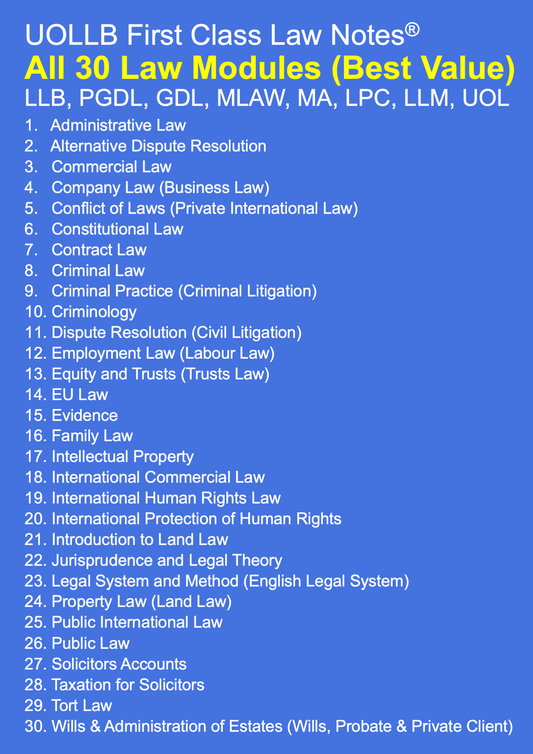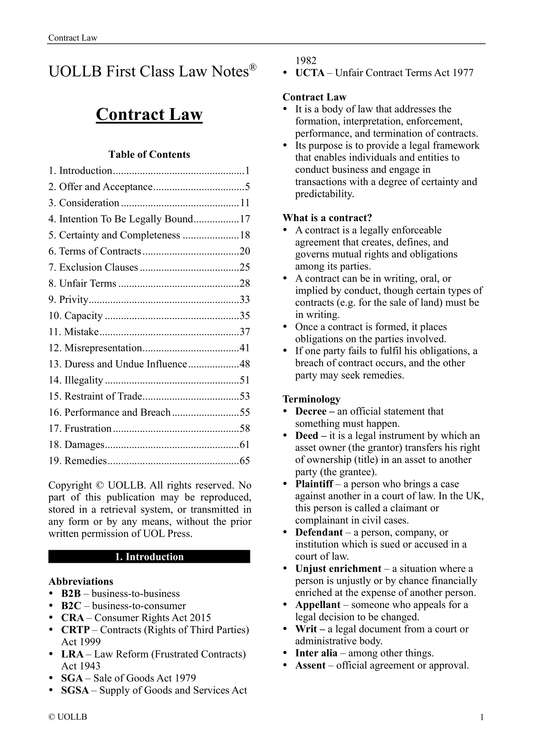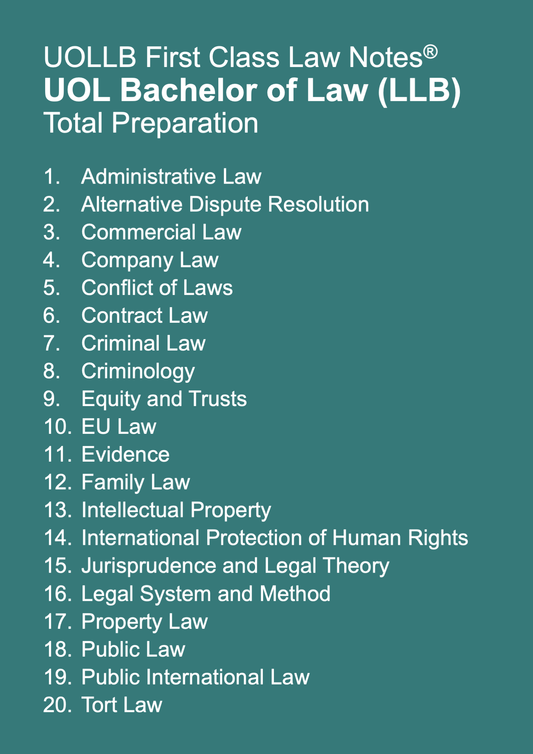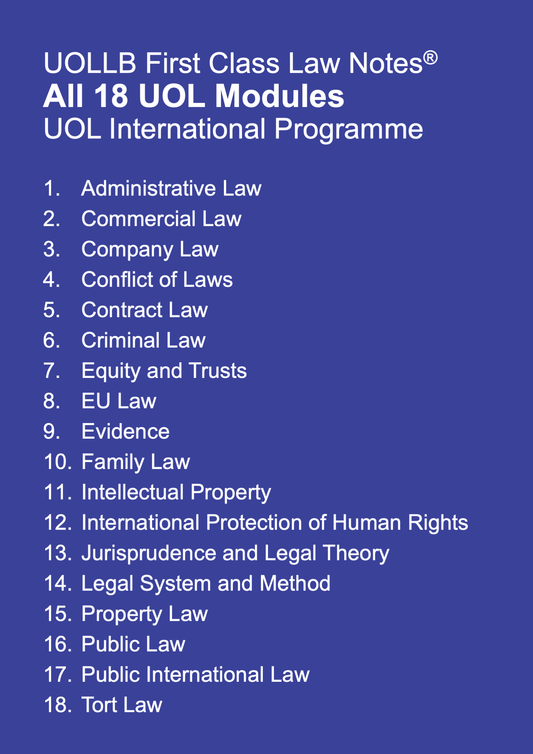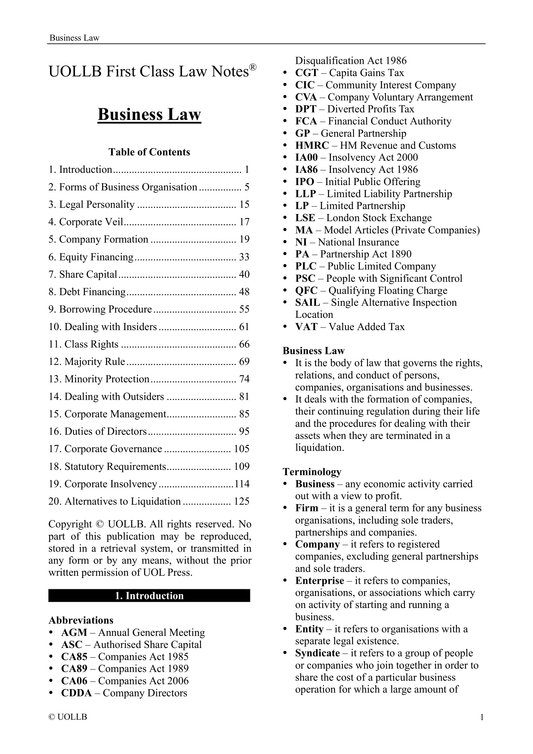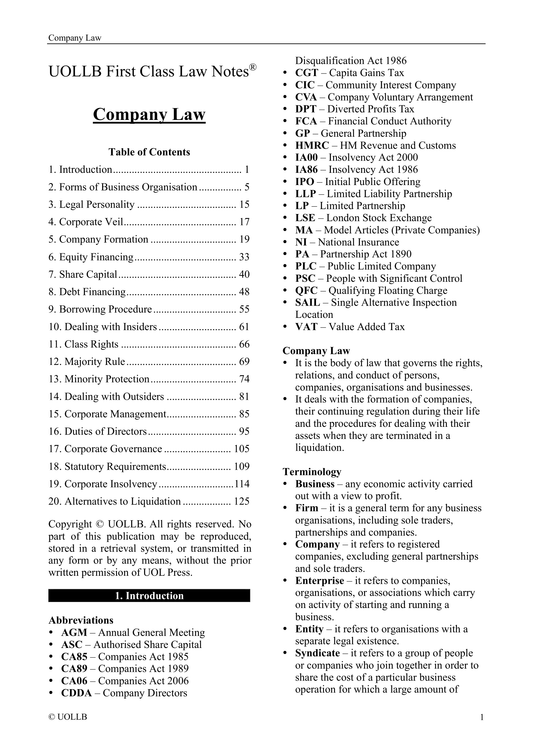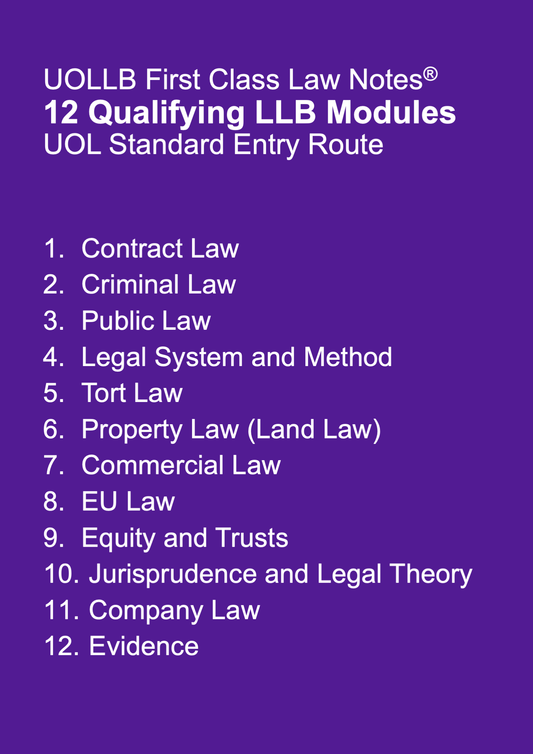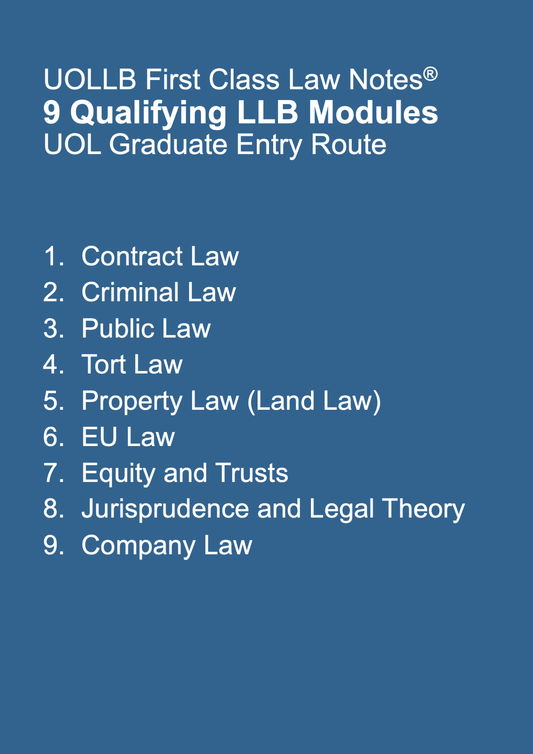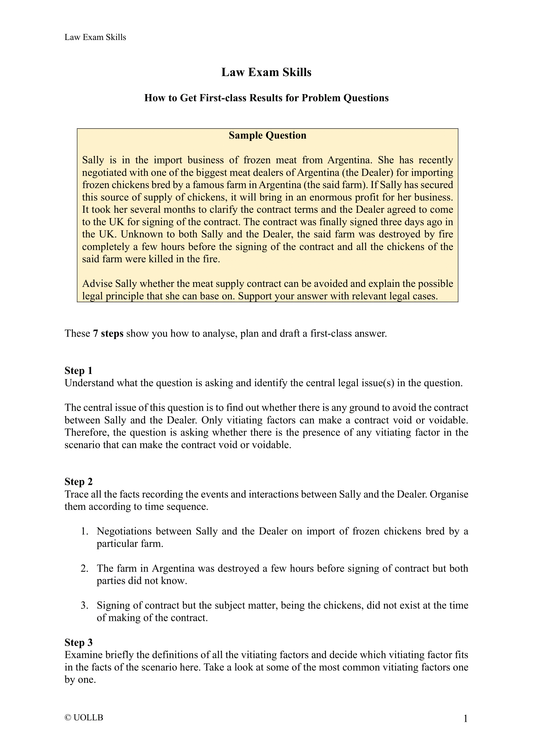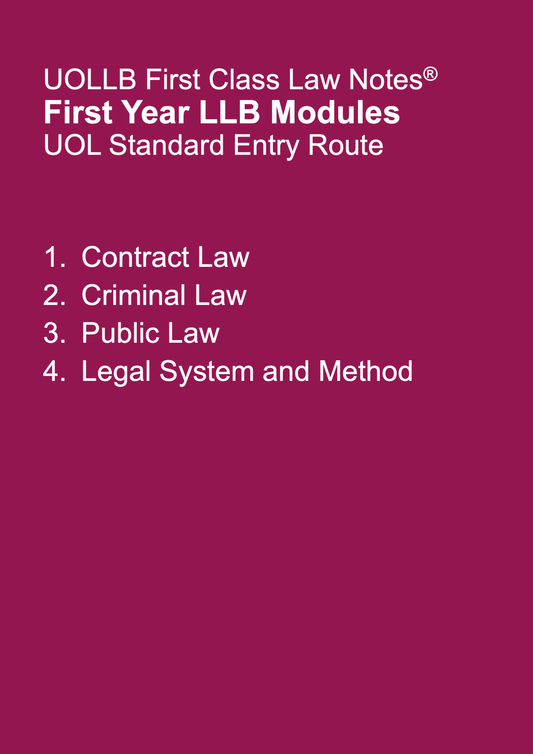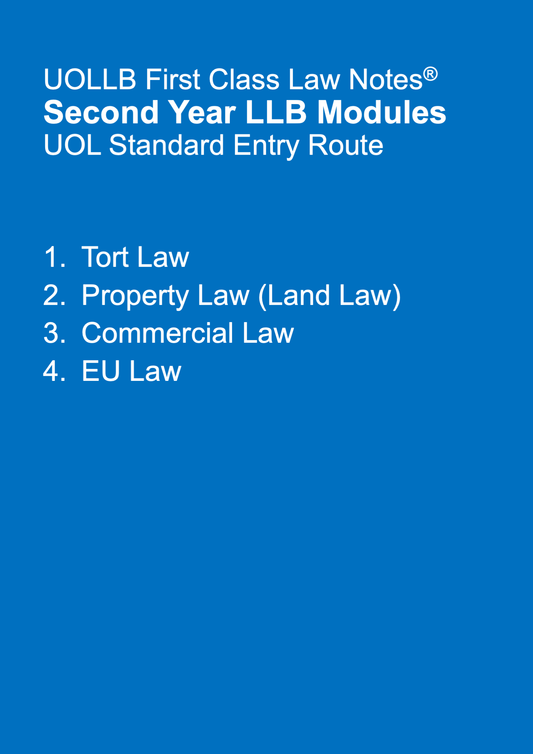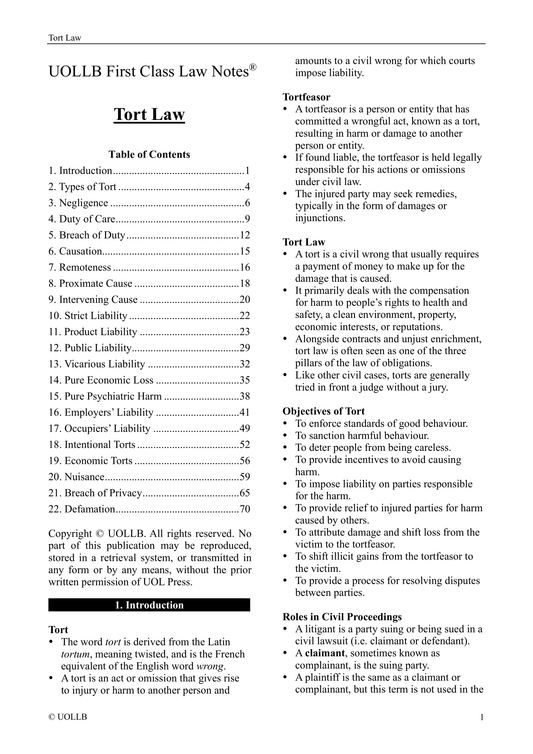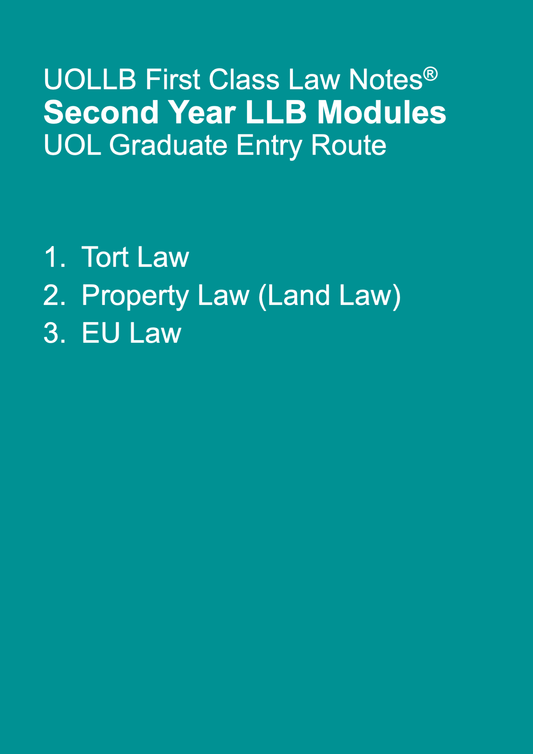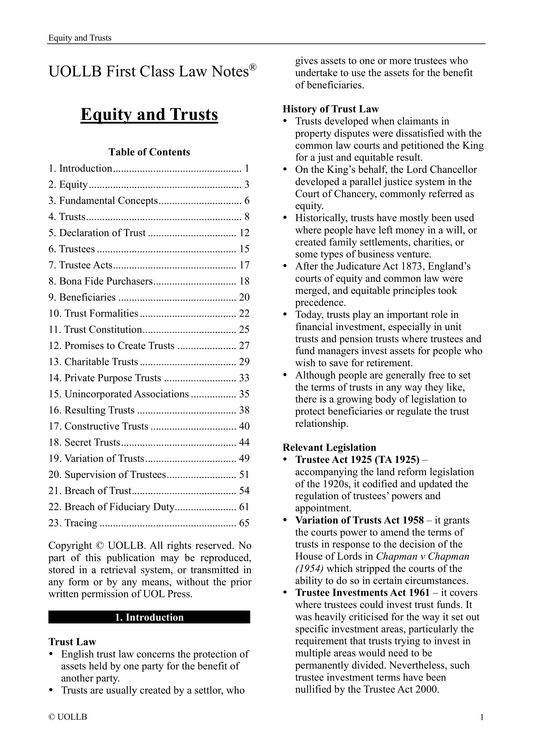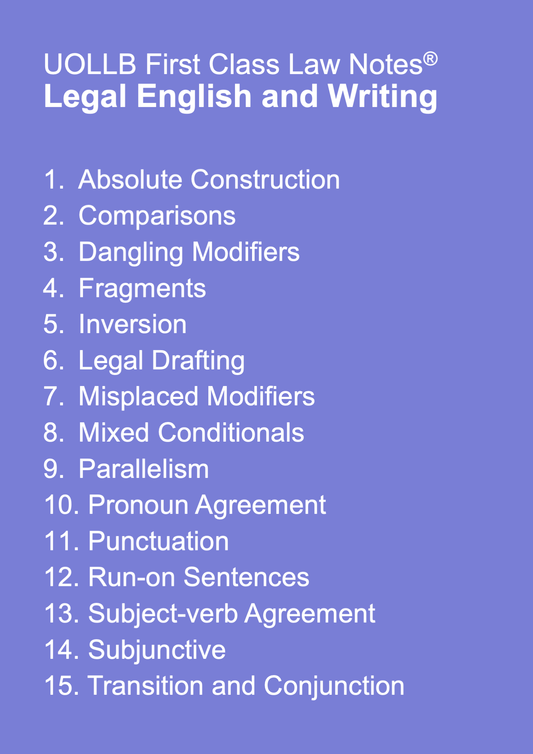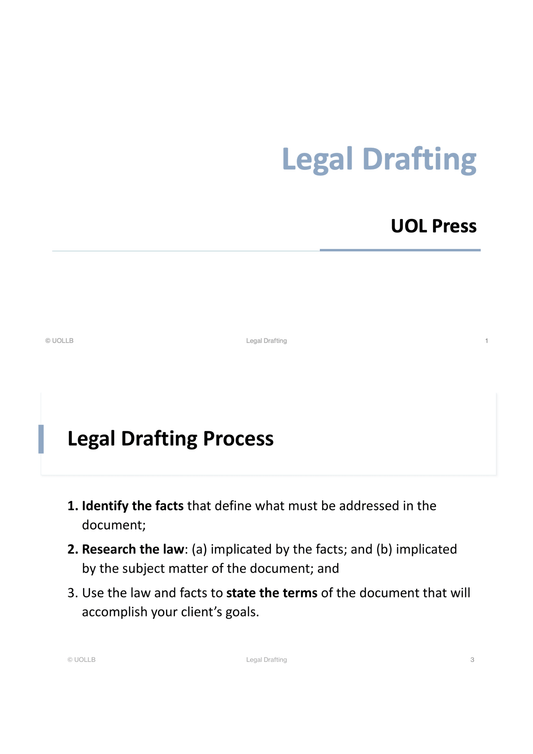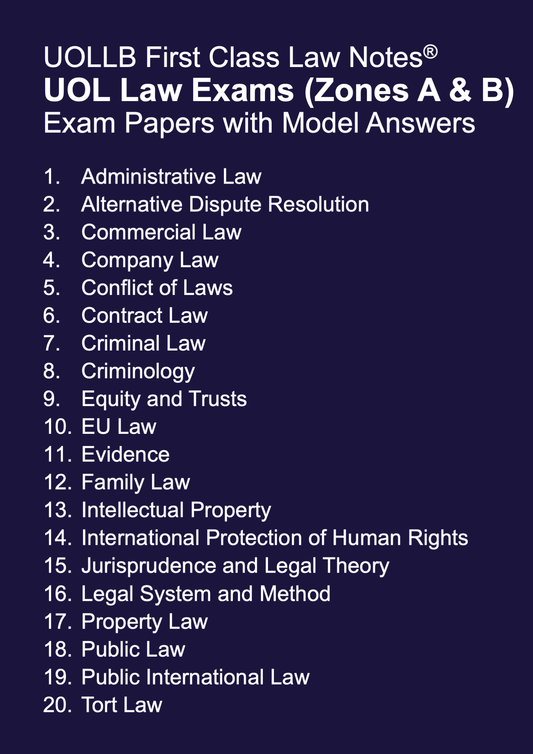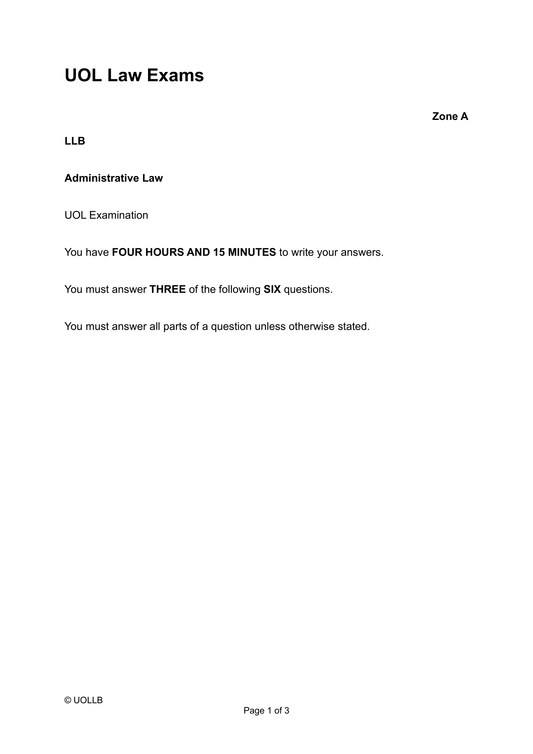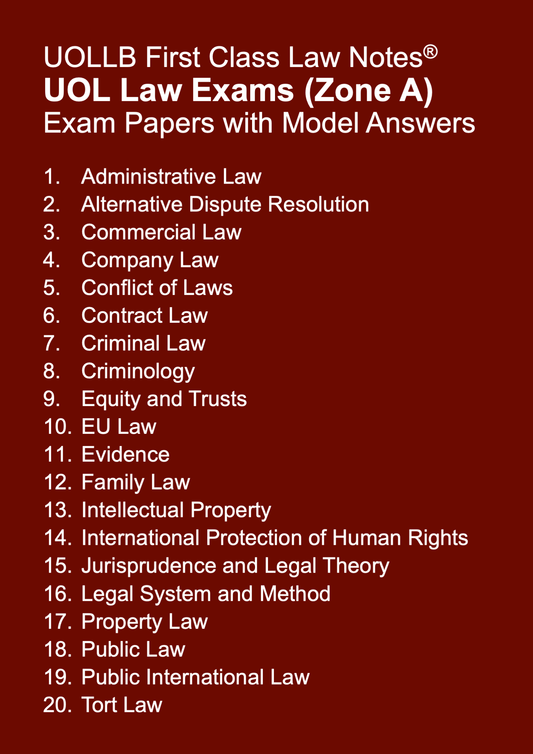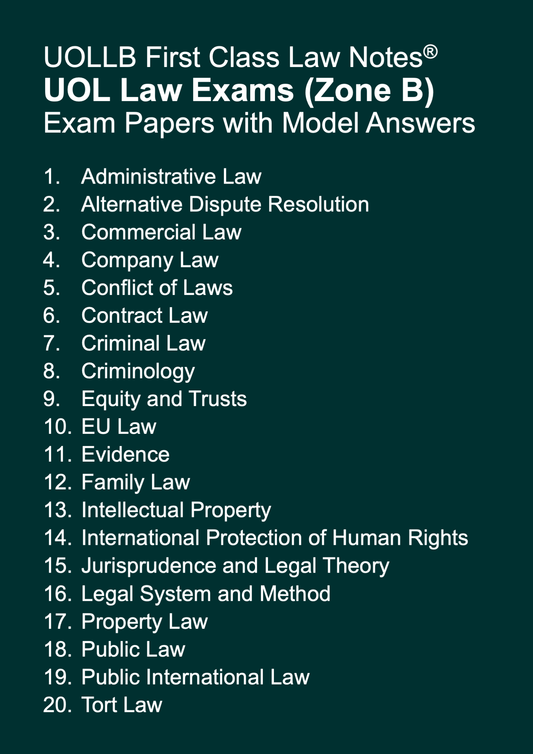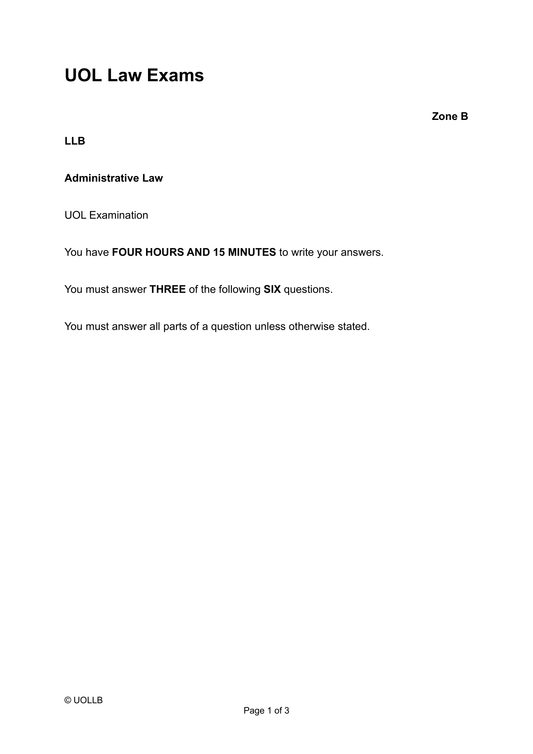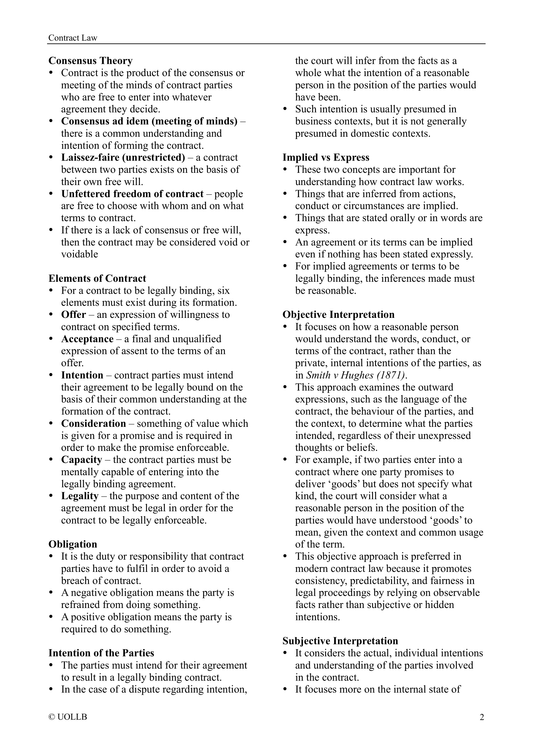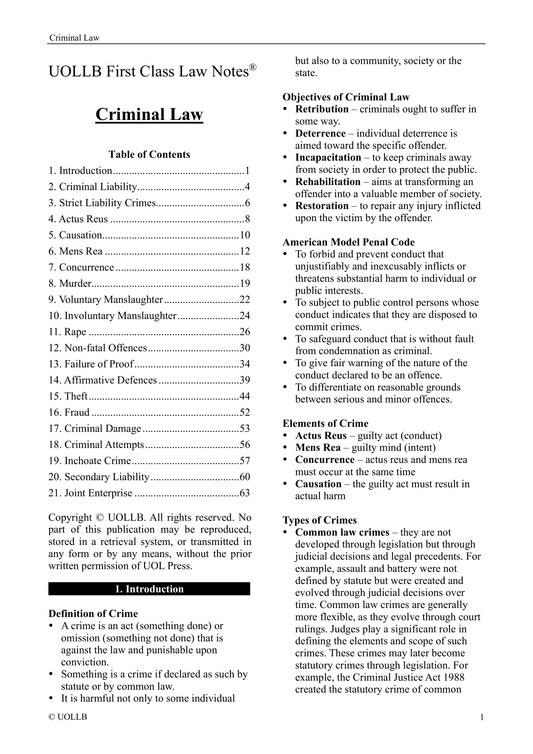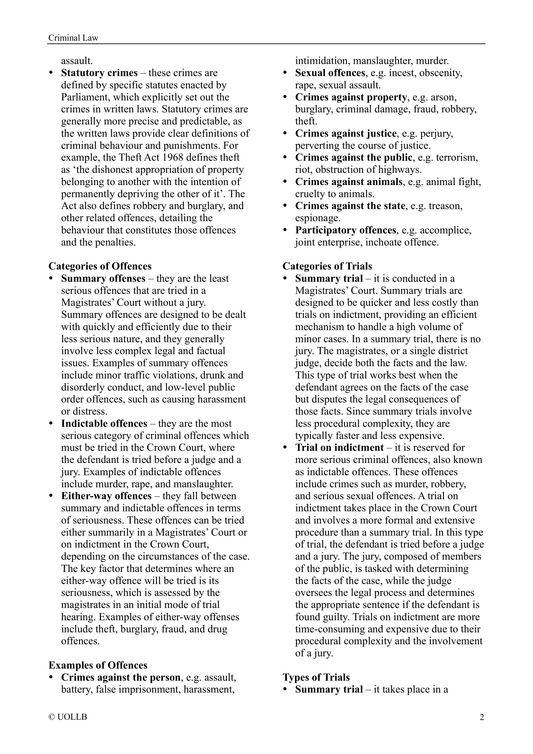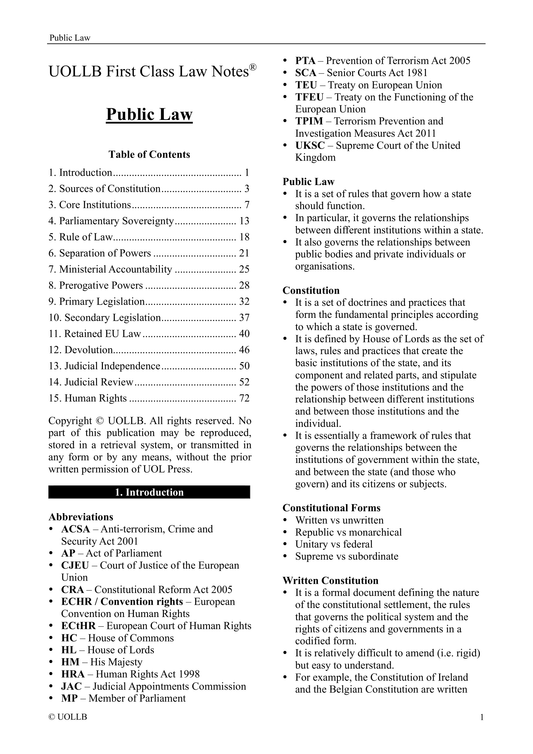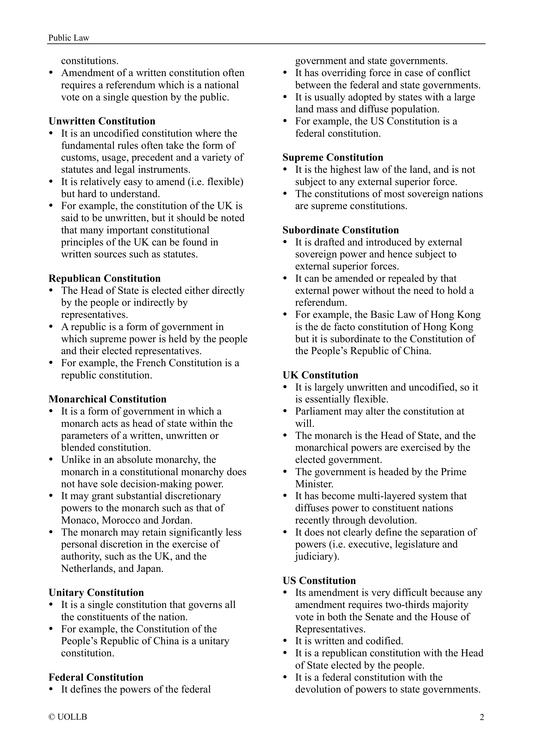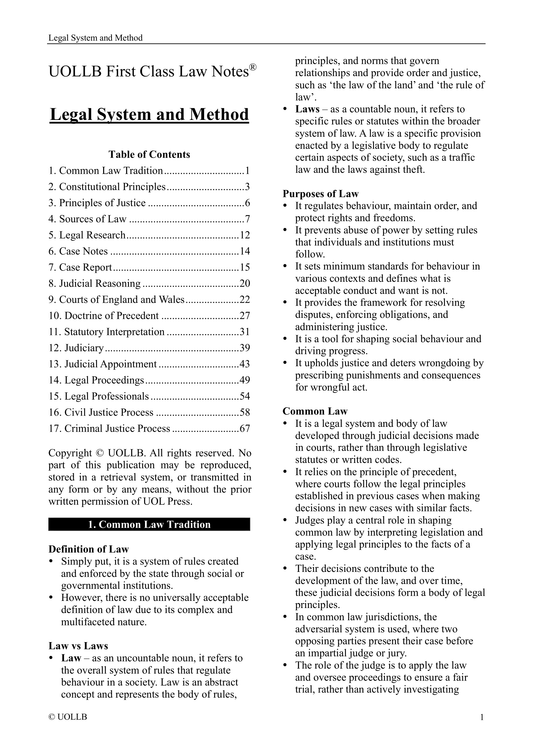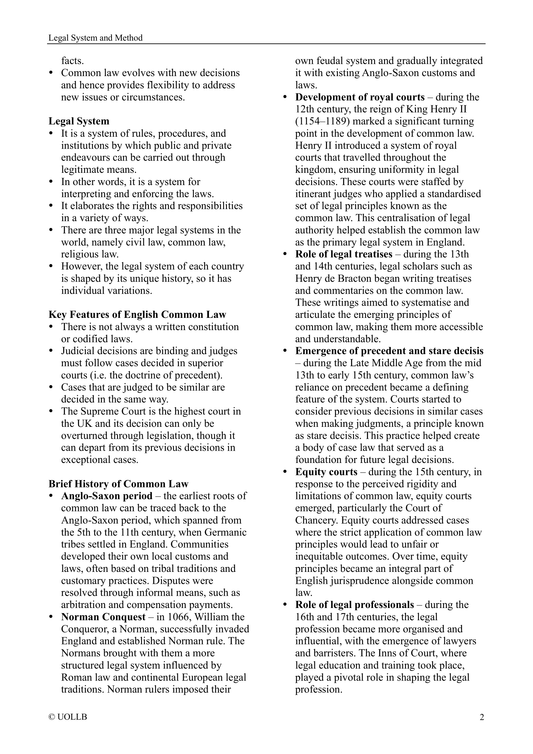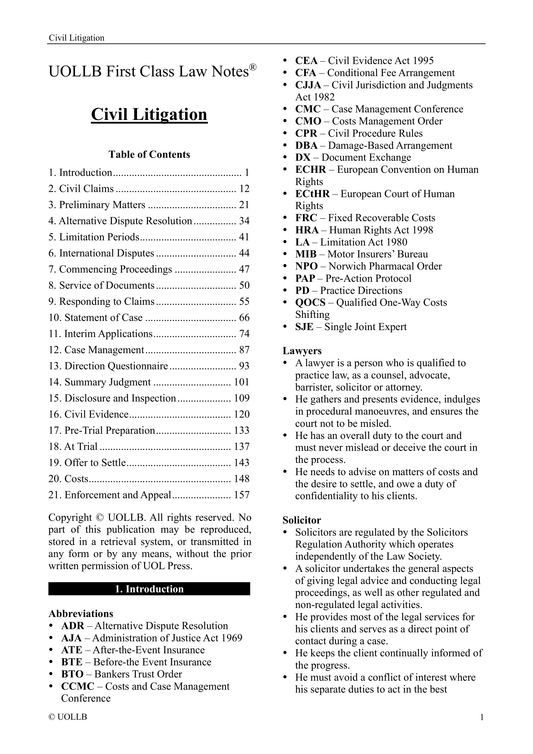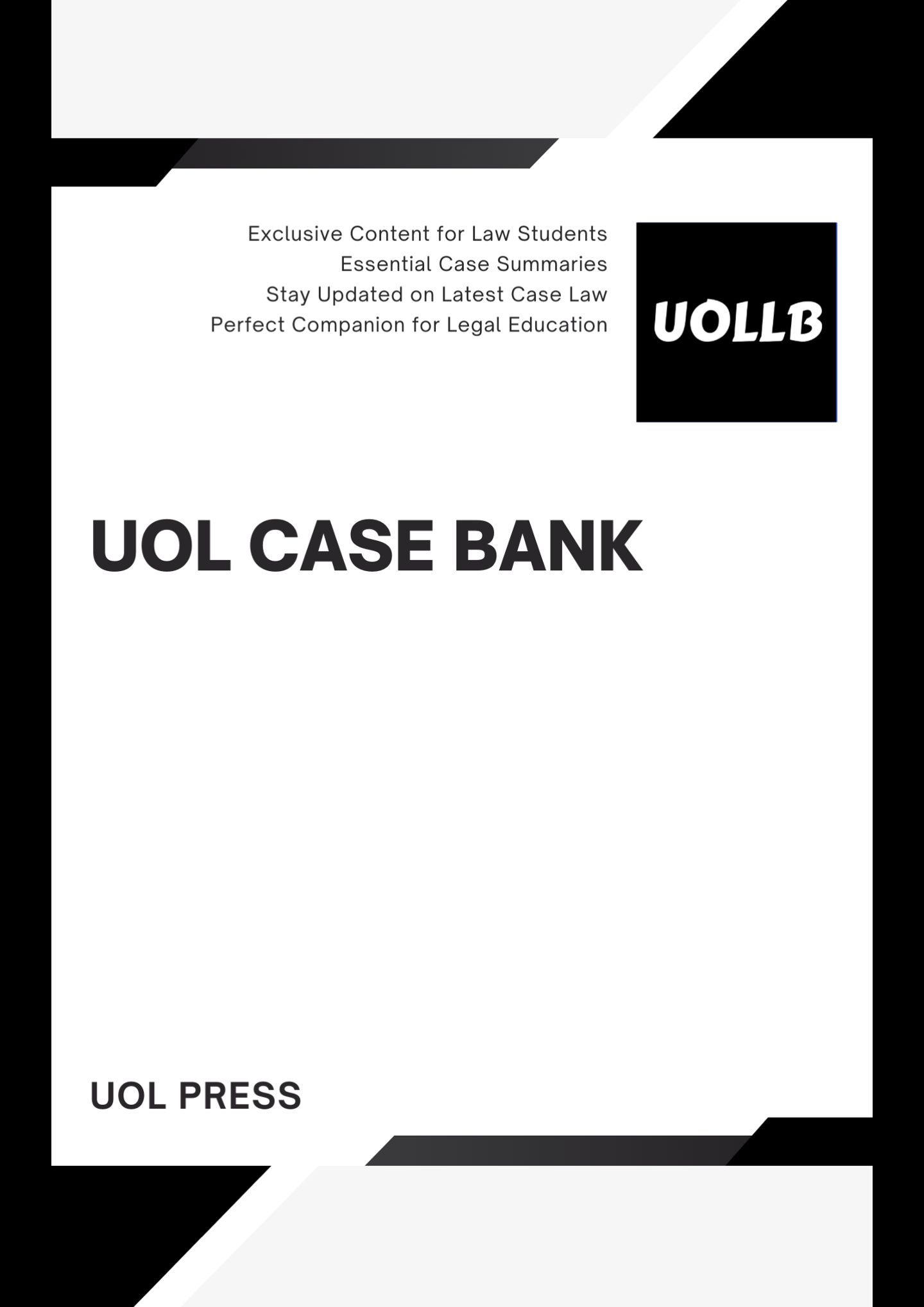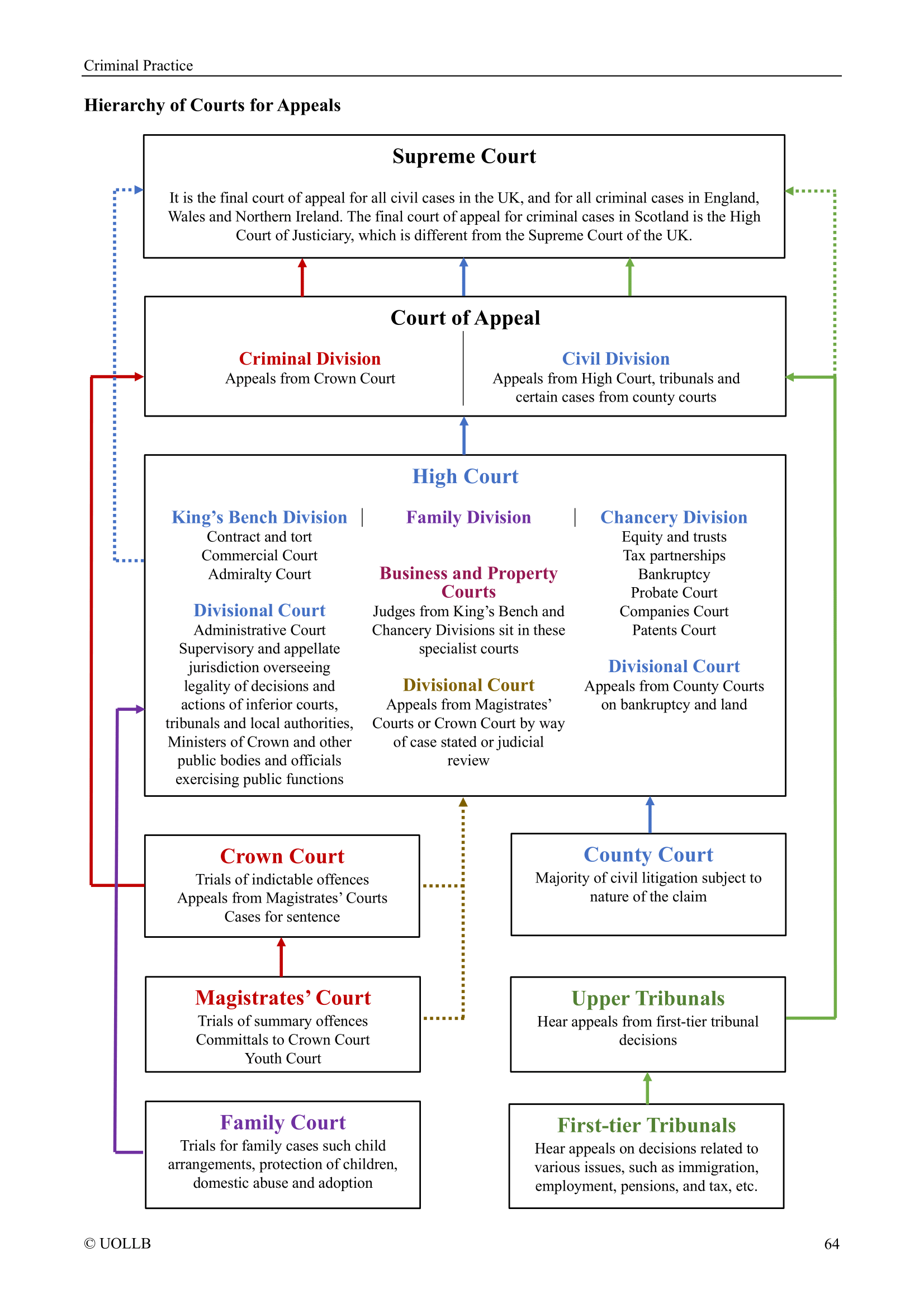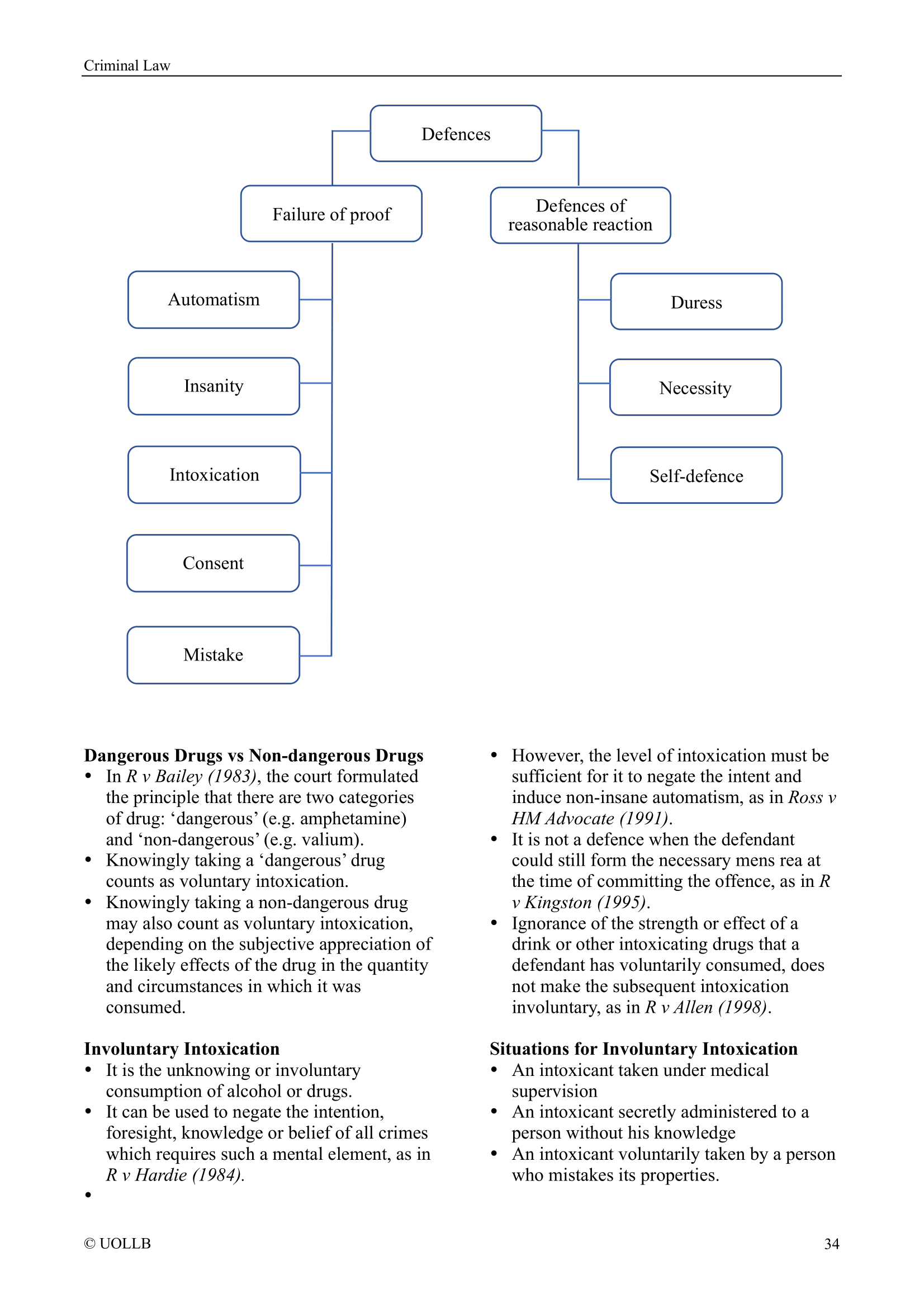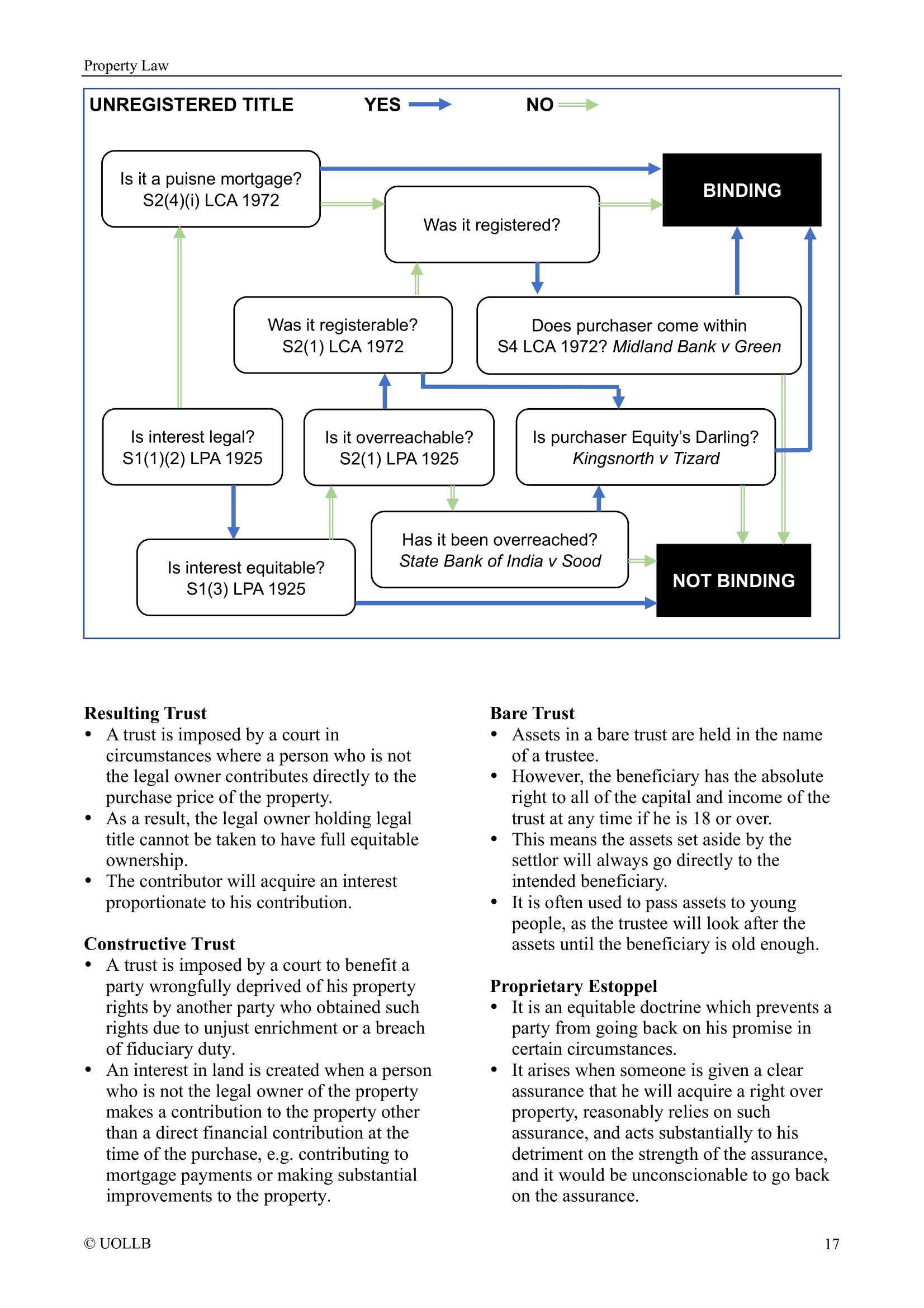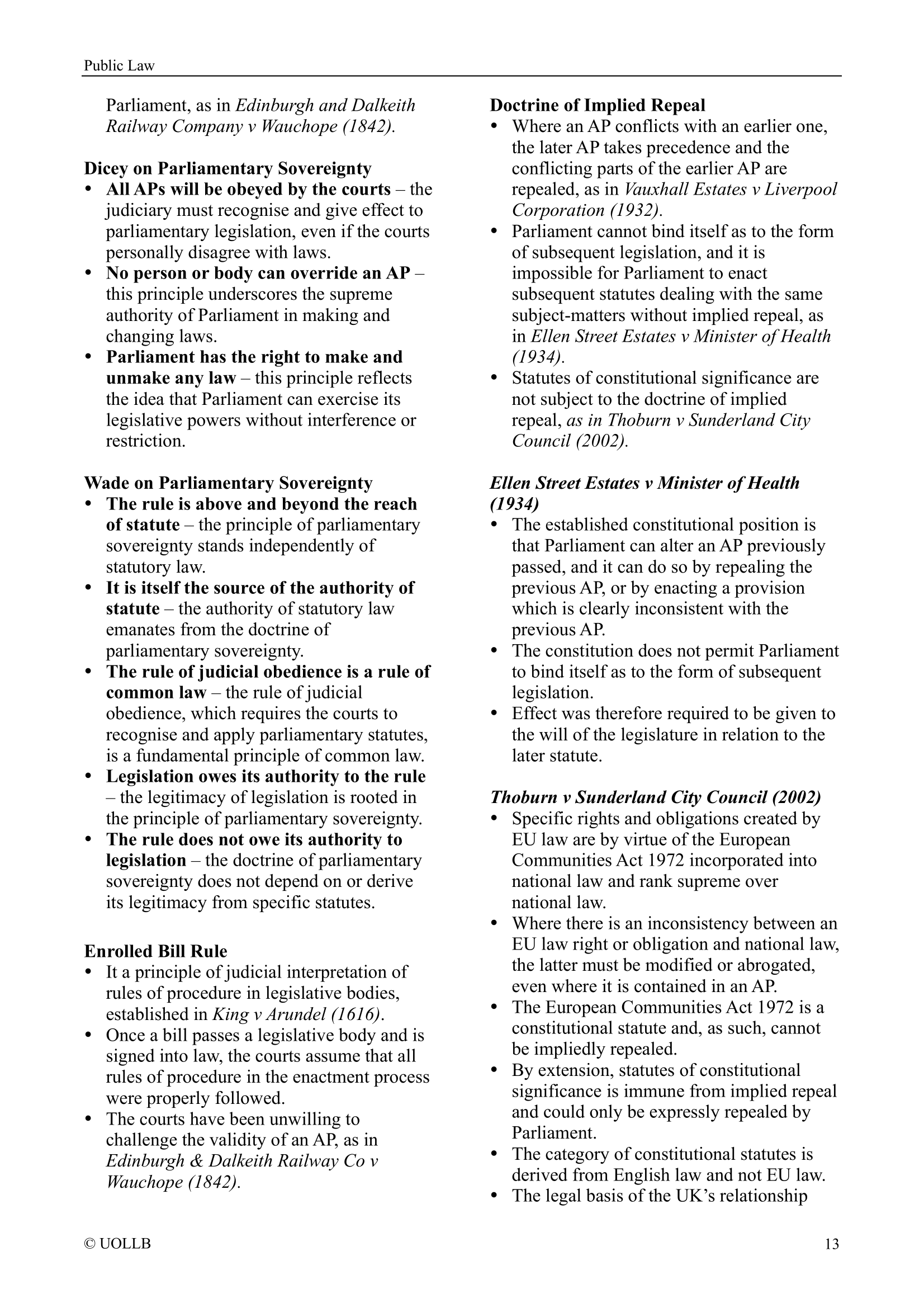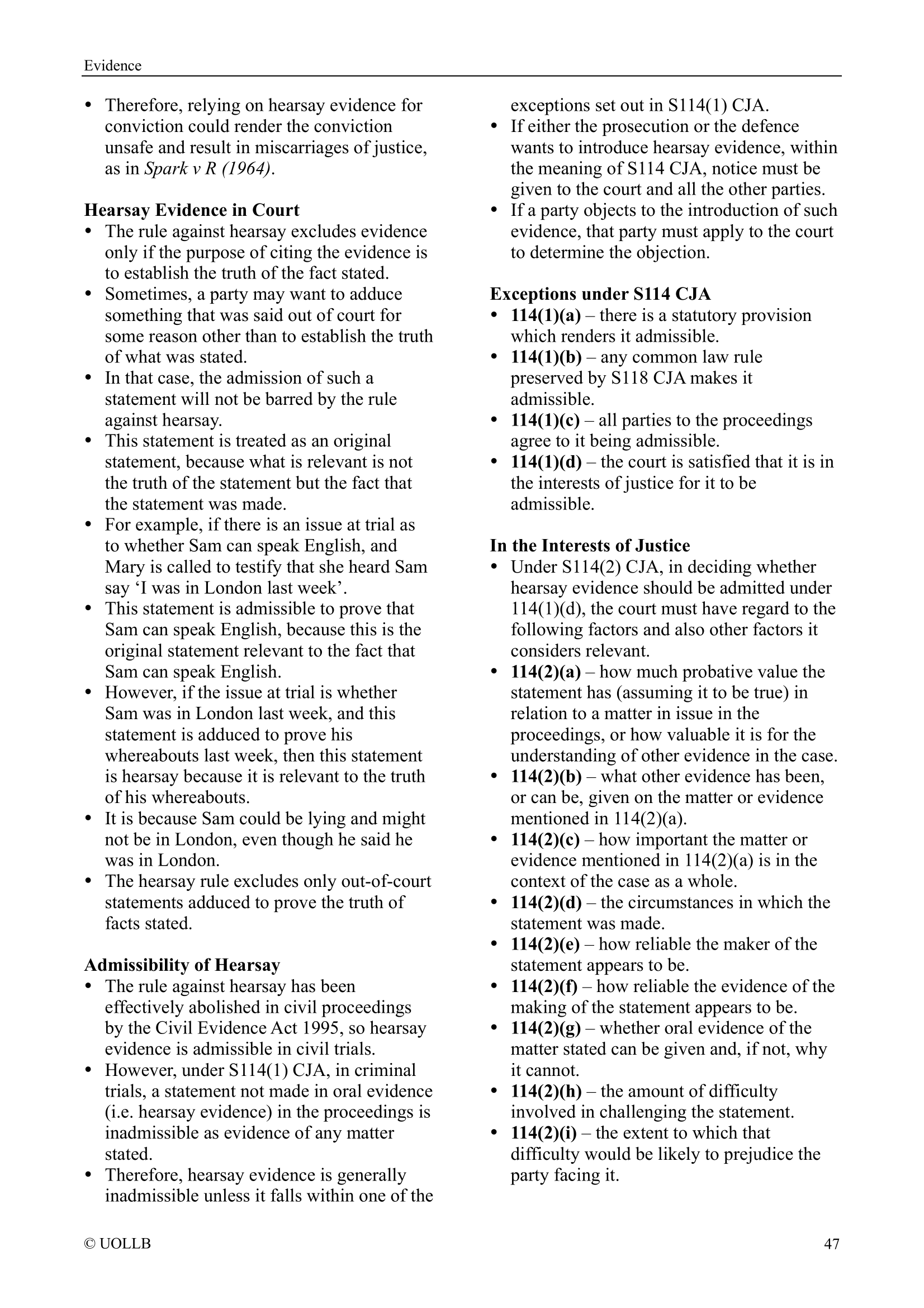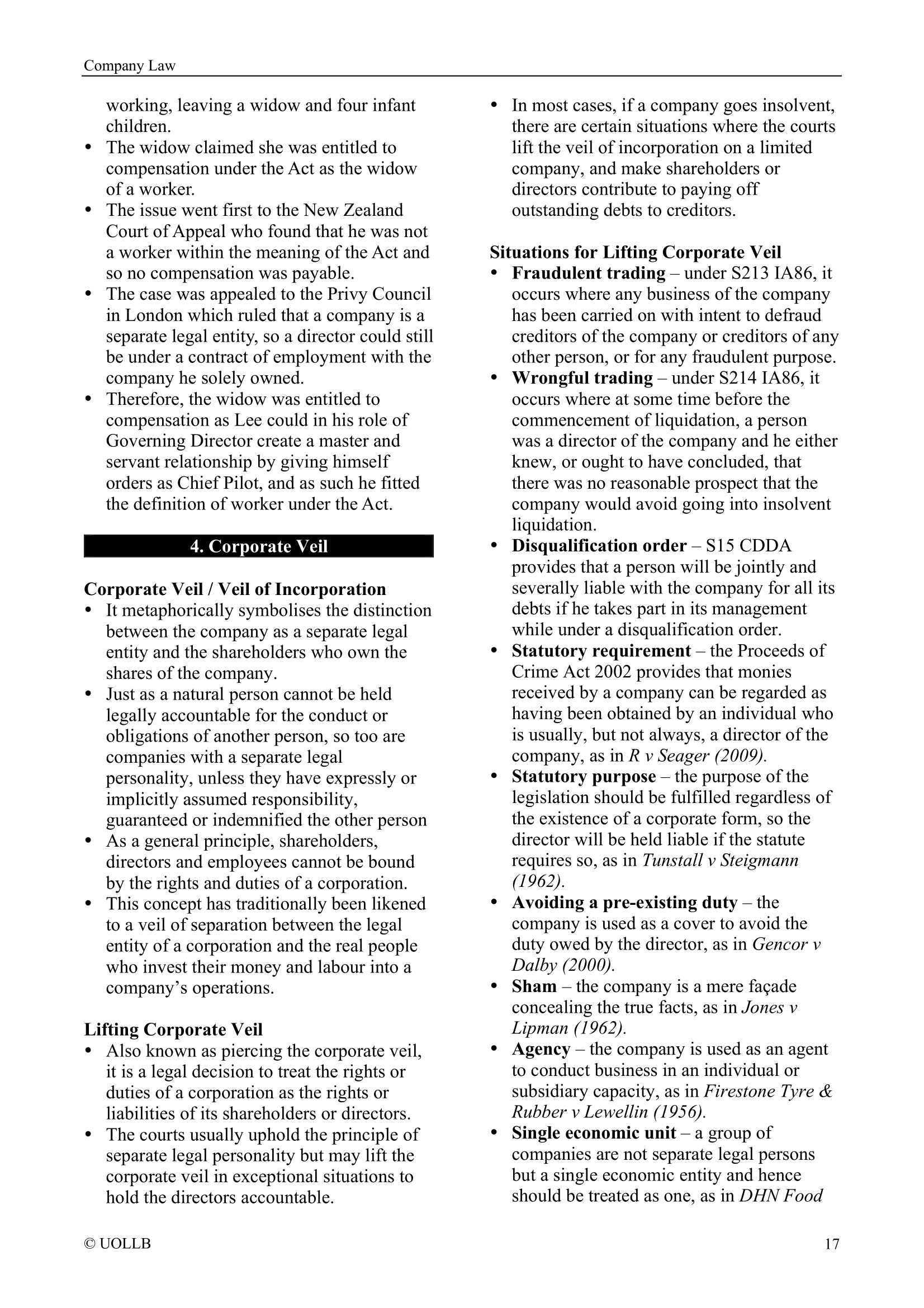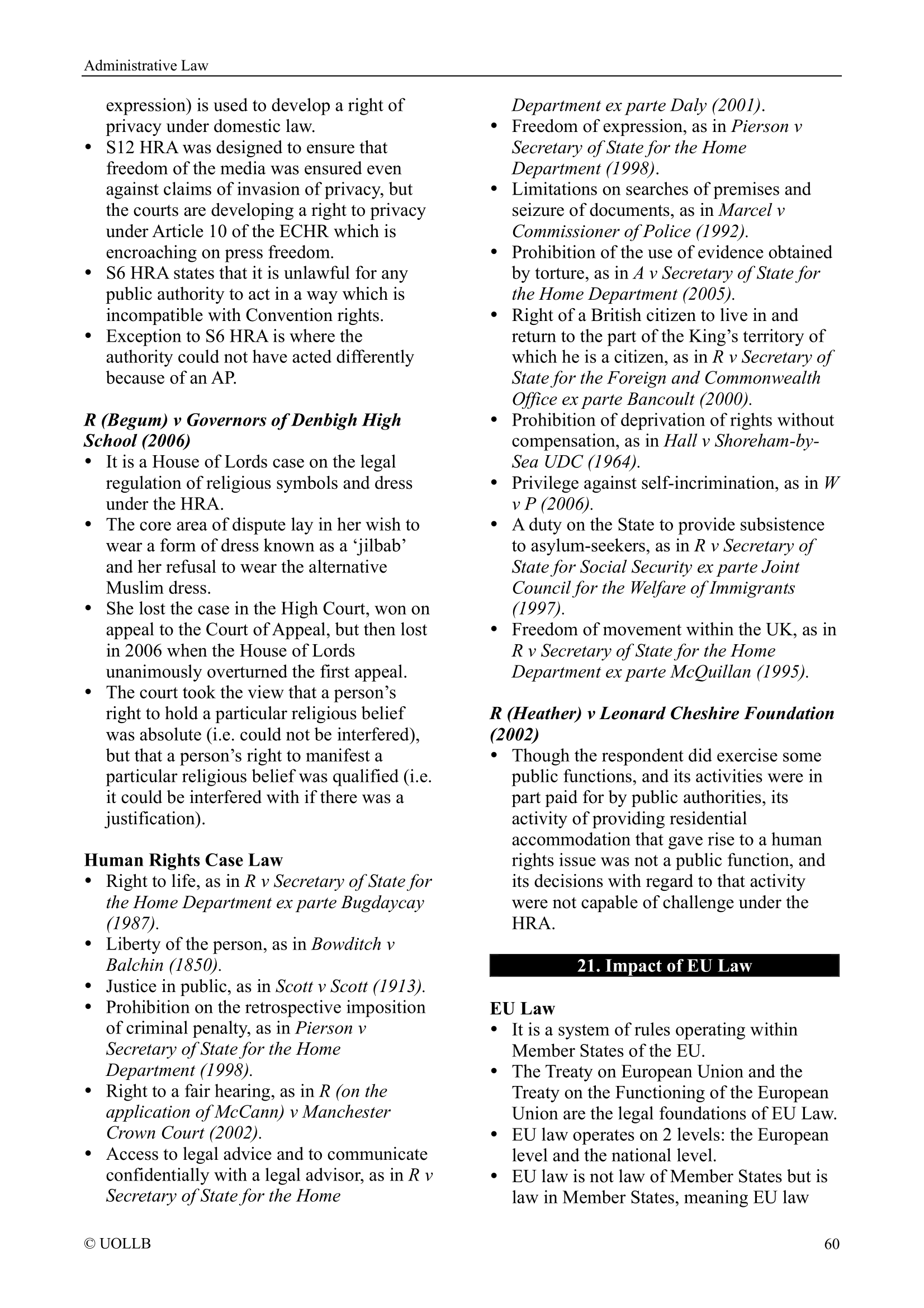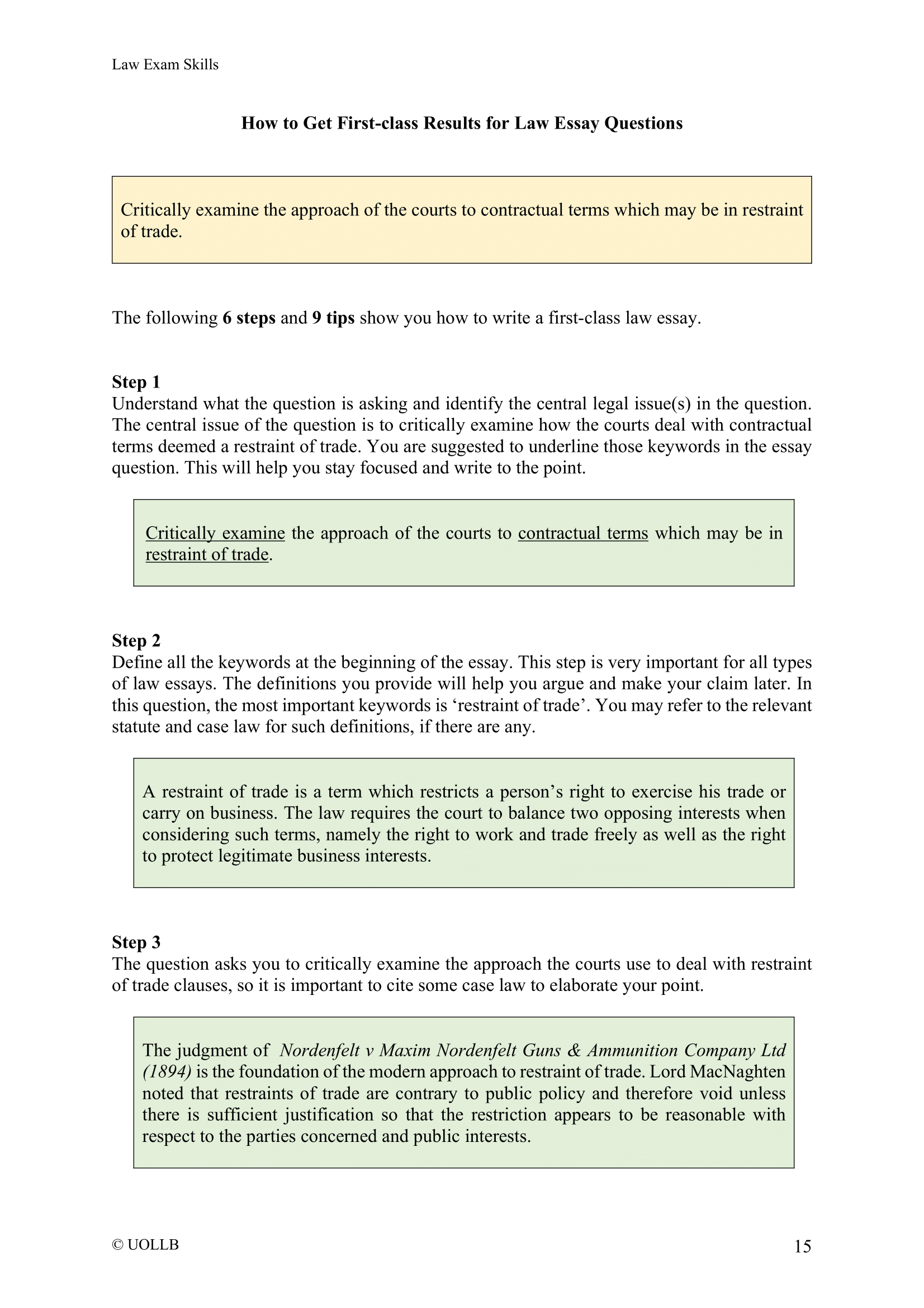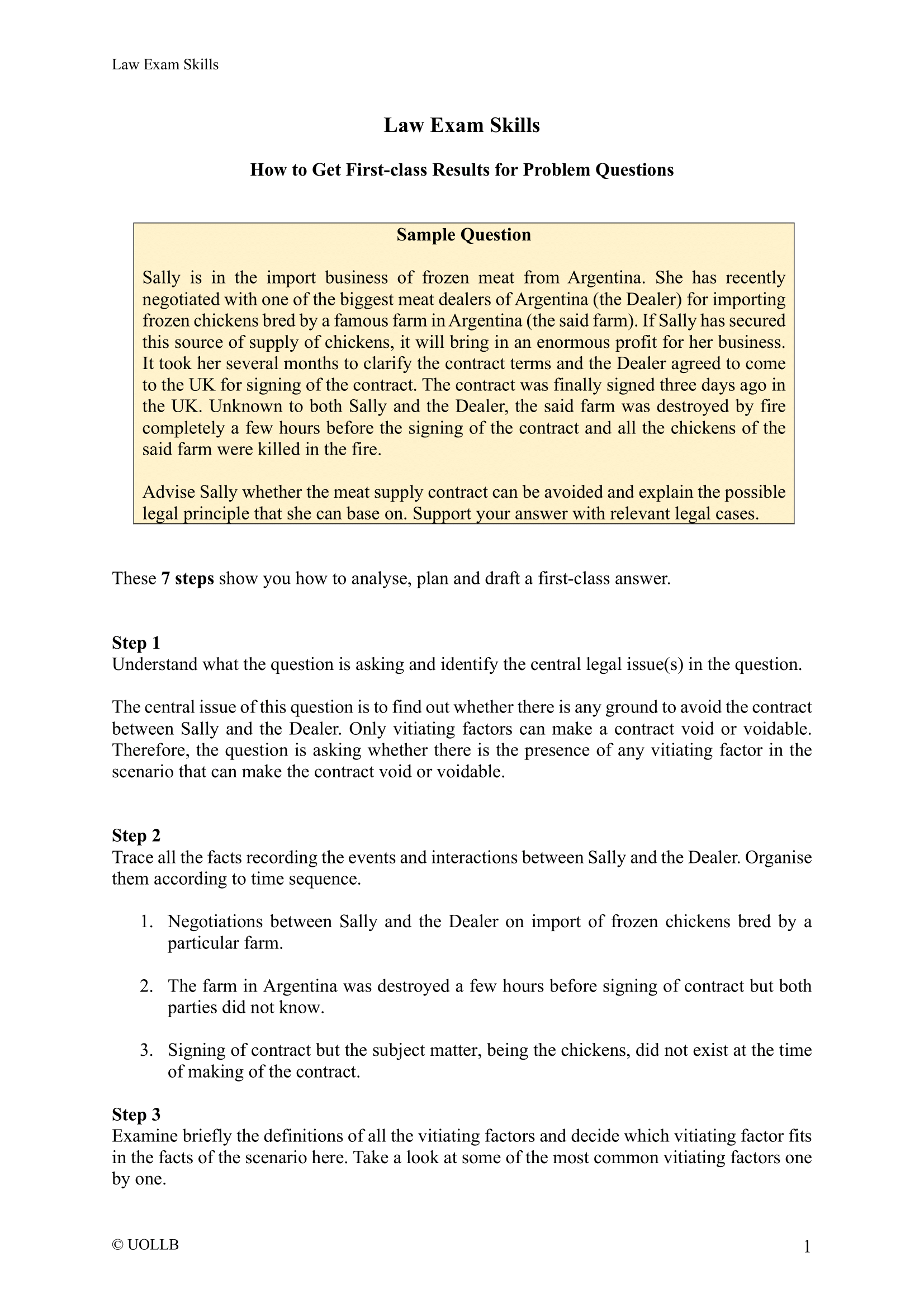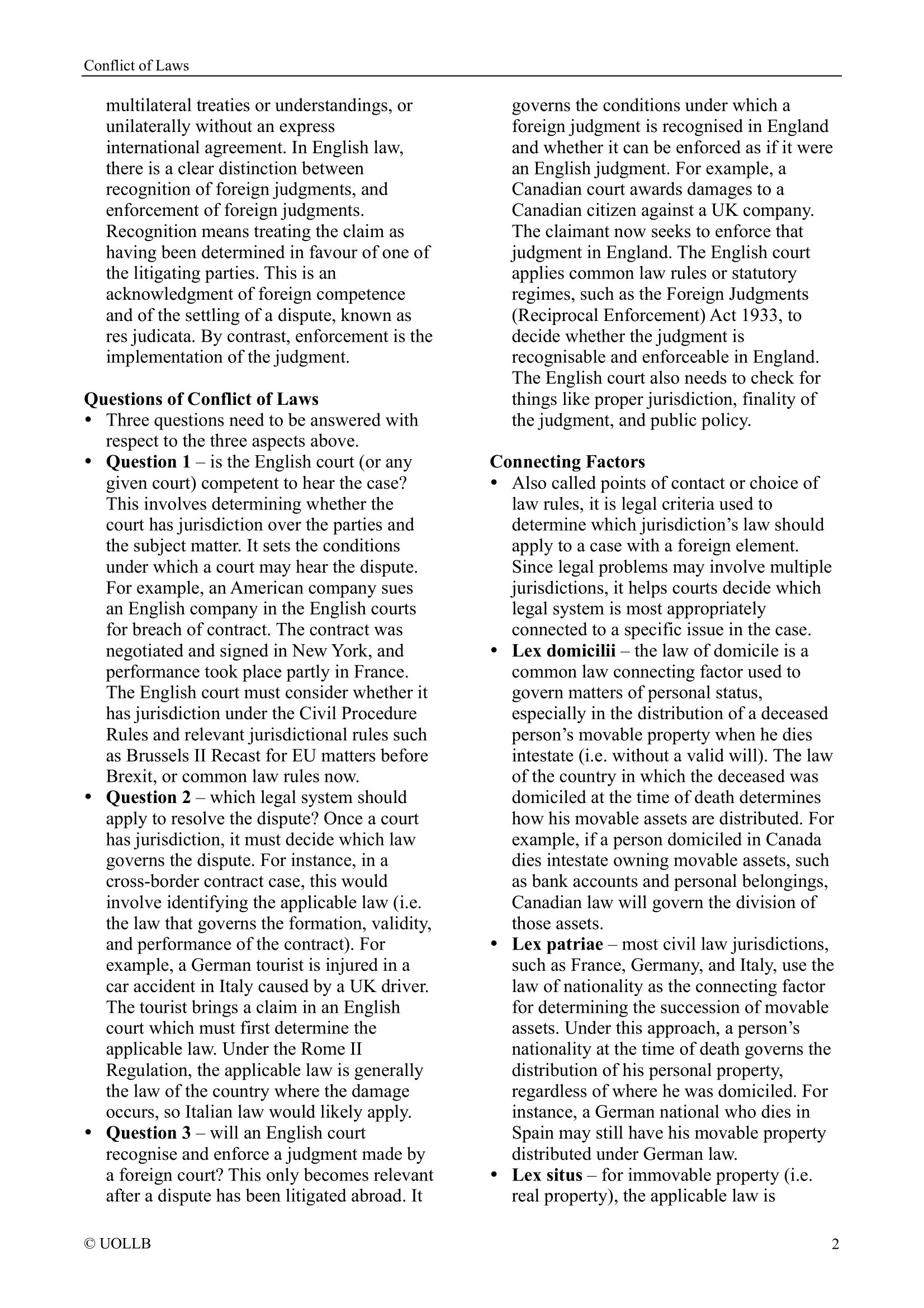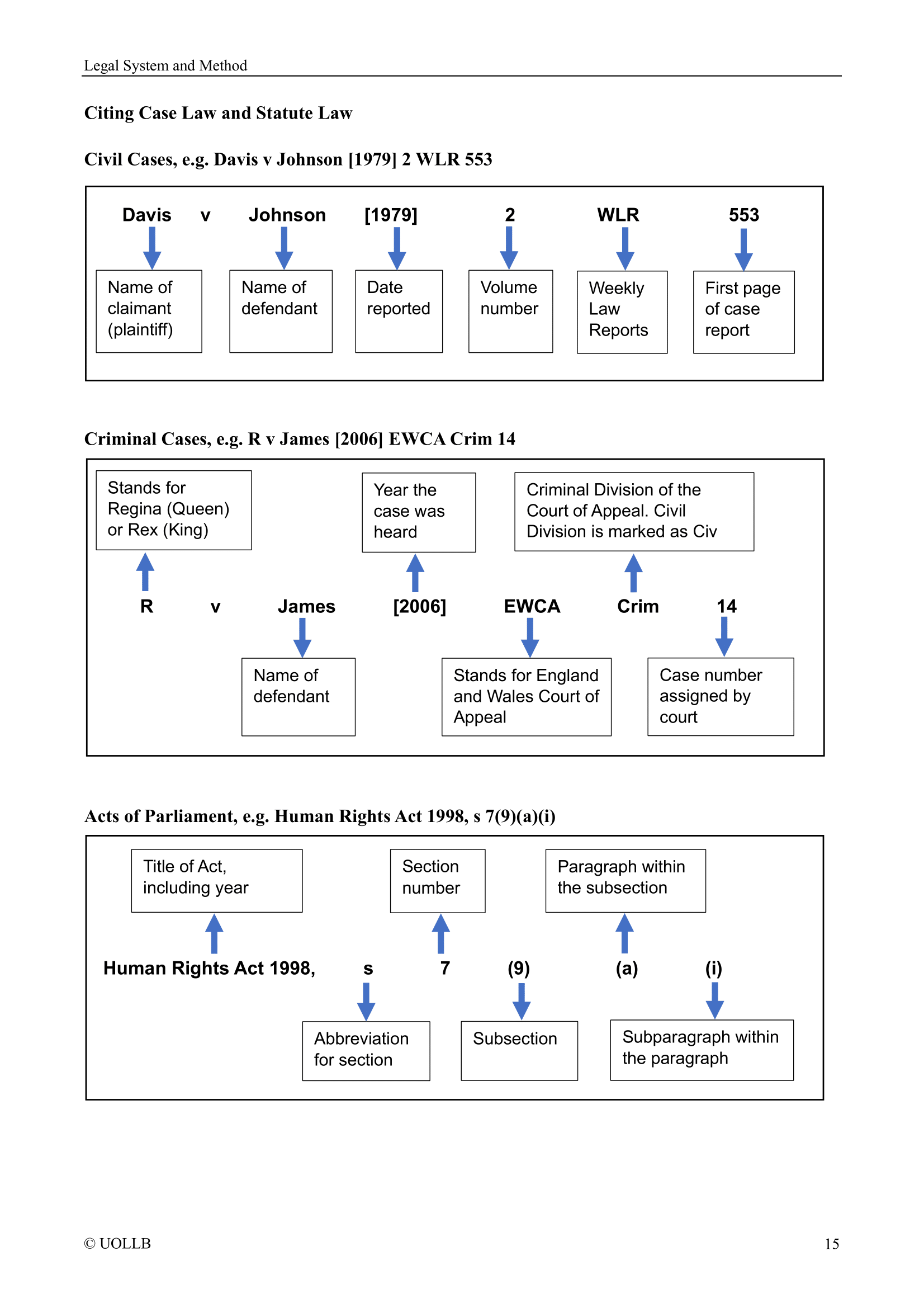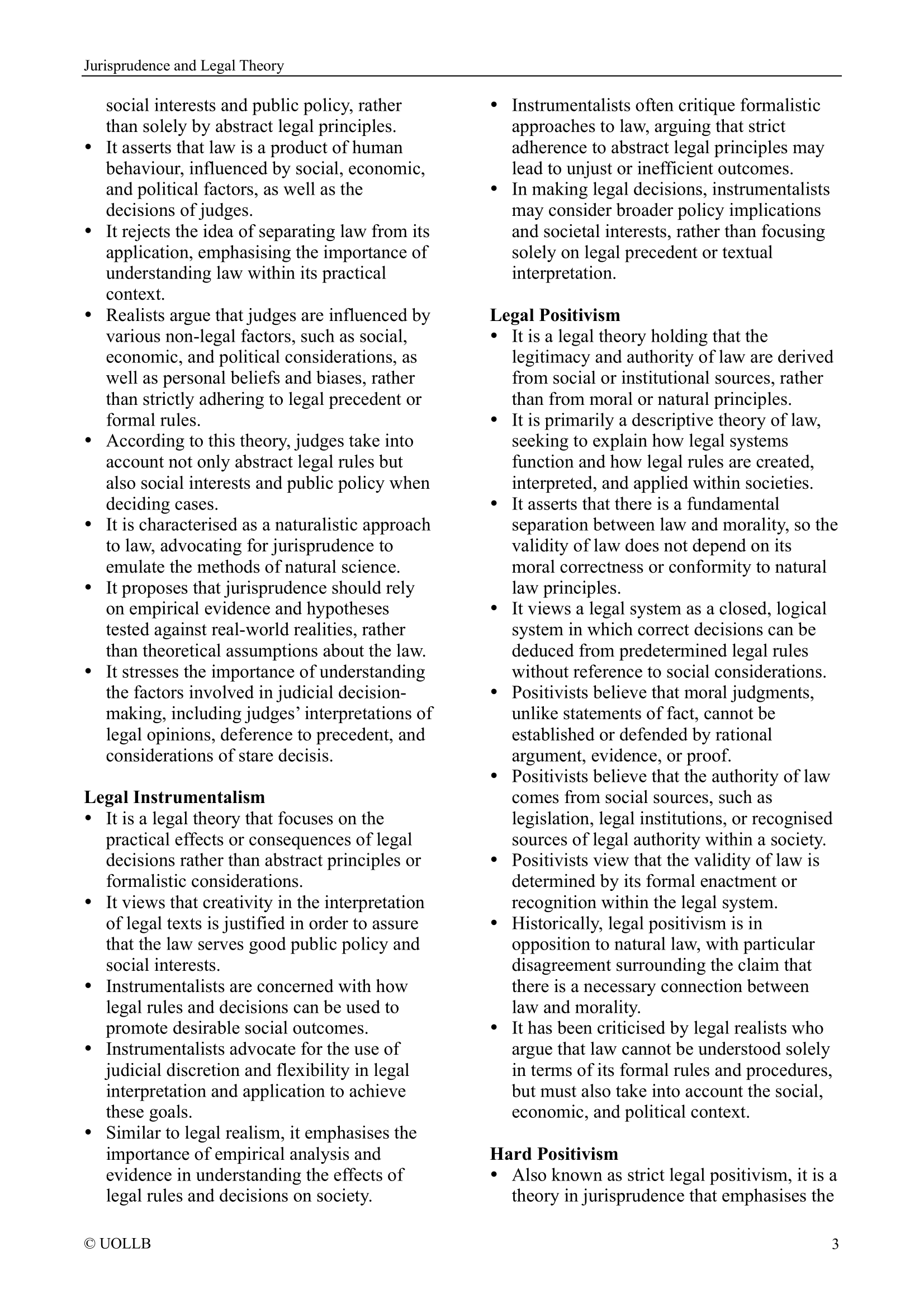Paris v Stepney Borough Council [1951]
Share
Paris v Stepney Borough Council [1951] AC 367 is an English tort law case decided by the House of Lords concerning the standard of care.
The claimant had suffered damage to one of his eyes during the Second World War and was left with sight in only one eye. Employed in a garage, he was not provided with safety goggles while working with dangerous equipment. A piece of metal hit him in his undamaged eye, causing him to be blinded. The council provided eye protection goggles only to employees working as welders or tool-grinders. The claimant sued his employer in the tort of negligence.
The central issue was what factors were relevant in determining how the reasonable person would behave, specifically in providing safety equipment, and thus when the defendant would be in breach of their duty of care. The defendant argued that it was not normal practice to provide safety goggles to normally-sighted employees and, therefore, it was not obligated to provide them to the claimant.
The court found that the defendant was in breach of its duty of care to the claimant. The key consideration was the seriousness of the harm that might be caused to the claimant, taking into account his known characteristics, particularly the fact that he had sight in only one eye. The duty owed by the defendant was specific to the particular employee, considering all his known characteristics, rather than a hypothetical 'reasonable' employee. Because the claimant had only one functioning eye, the potential harm was significantly greater than that for a normally-sighted person. As a result, a reasonable person, in light of the claimant's specific situation, would have taken greater steps than usual to protect him.
This case established that the duty of care owed by an employer is specific to the individual employee, considering their known characteristics. The seriousness of potential harm is a relevant factor in determining the standard of care, and employers may be required to take additional precautions for employees with known vulnerabilities or disabilities.
The decision highlighted that what is reasonable depends on the particular circumstances of the individual, and the duty of care is not determined solely by the general practices applicable to the majority.
